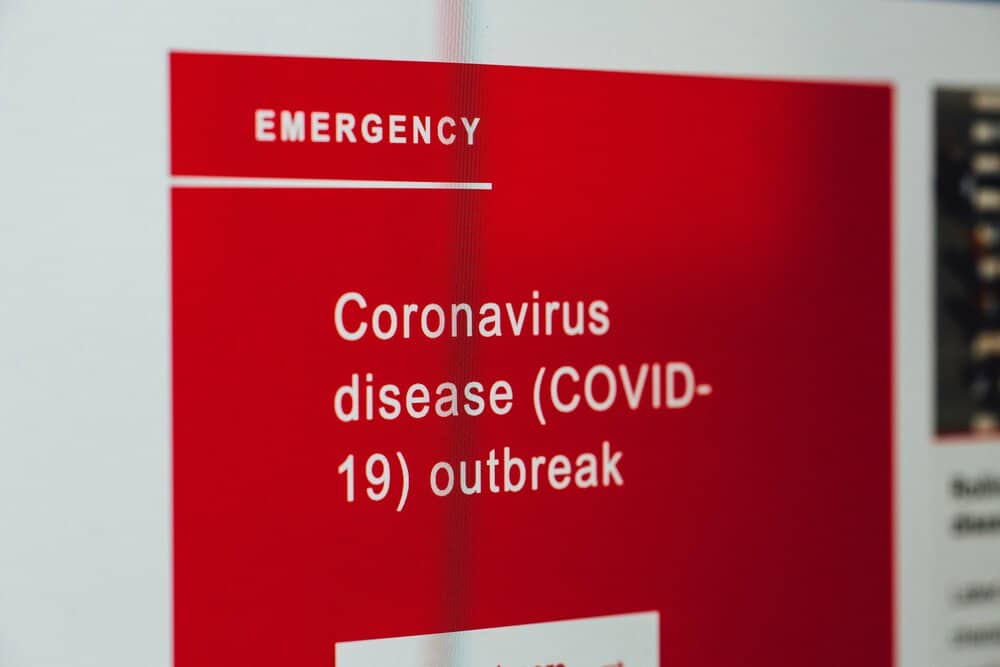By HEALTH EDITOR | UPDATED: 08:28, 07 May 2020
Figures released by the Office of National Statistics (ONS) this week have mapped out the regions of the UK where Coronavirus has had the most marked impact – with London (perhaps unsurprisingly) being hit the hardest. The boroughs of Newham, Brent and Hackney are the worst affected areas, with around 140 deaths per 100,000 population.
This is closely followed by the North West, a region that has seen almost as many deaths as the capital.
The regions worst affected have often also been among the nation’s poorest, densely populated areas, which have an increased exposure to public transport and a tendency for higher numbers of pre-existing health issues being marked as some of the reasons behind the imbalance.
Major cities have been the epicentre for outbreaks across the world, but what can be done to protect cities and, crucially, their most vulnerable areas and citizens?
Screening in major transport hubs has been suggested alongside mass testing of the population in virus hotspots. So could technology protect our most densely populated areas in future?
Wesley Baker – CEO of Aerosol specialists ANCON Medical – says:
“Transmission of Coronavirus and other infectious diseases depends on a few things but human proximity and population density are key indicators of the speed of spread.
Major transport hubs servings thousands of people a day – especially in London, which has so far been the epicentre of the UK’s outbreak – are likely seeing significant particles emitted into the air which contain the Coronavirus, further exacerbating the rate of spread.
Sampling the air in these places – such as bus depots and major stations – would give a good indication as to what impact this is having on transmission rates.
We know that masks can be effective in at least slowing transmission, so if we can see the concentration of particles carrying Coronavirus in the air, it would allow policy-makers to come to more informed decisions on when and where to implement mask-wearing protocols. A key part of this will be the distribution of PPE in areas of highest risk as well.
This is something we are keen to help facilitate. Our technology can effectively model the human lung and, in conjunction with testing, could show the presence of airborne Coronavirus in these areas. If, in future these kinds of devices could be installed in public transport or planes for example it may be easier to track and halt the spread of infectious diseases at source.”
ANCON Medical’s Aero Select device mimics the action of the human respiratory system and can detect and categorise aerosol particles – such as those that spread COVID-19 – from the largest airborne particles (pollen) to the nanometre level. Used in conjunction with PCR testing, the device can prove the presence of COVID-19 in a room/vehicle/aircraft/ship and help research the size of the particles which carry the virus; aiding in the development of research into transmission.





